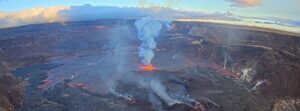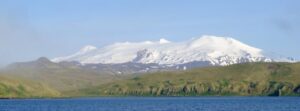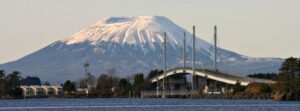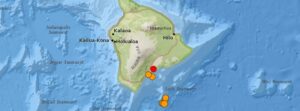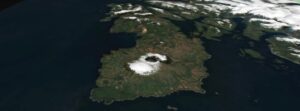Increased seismic activity under Aniakchak volcano, alerts raised, Alaska
The Alaska Volcano Observatory (AVO) has raised the Aviation Color Code to YELLOW and the Volcano Alert Level to ADVISORY for Aniakchak volcano on February 23, 2023, following an increase in seismic activity. The last eruption at this volcano took place in 1931 (VEI 4).


